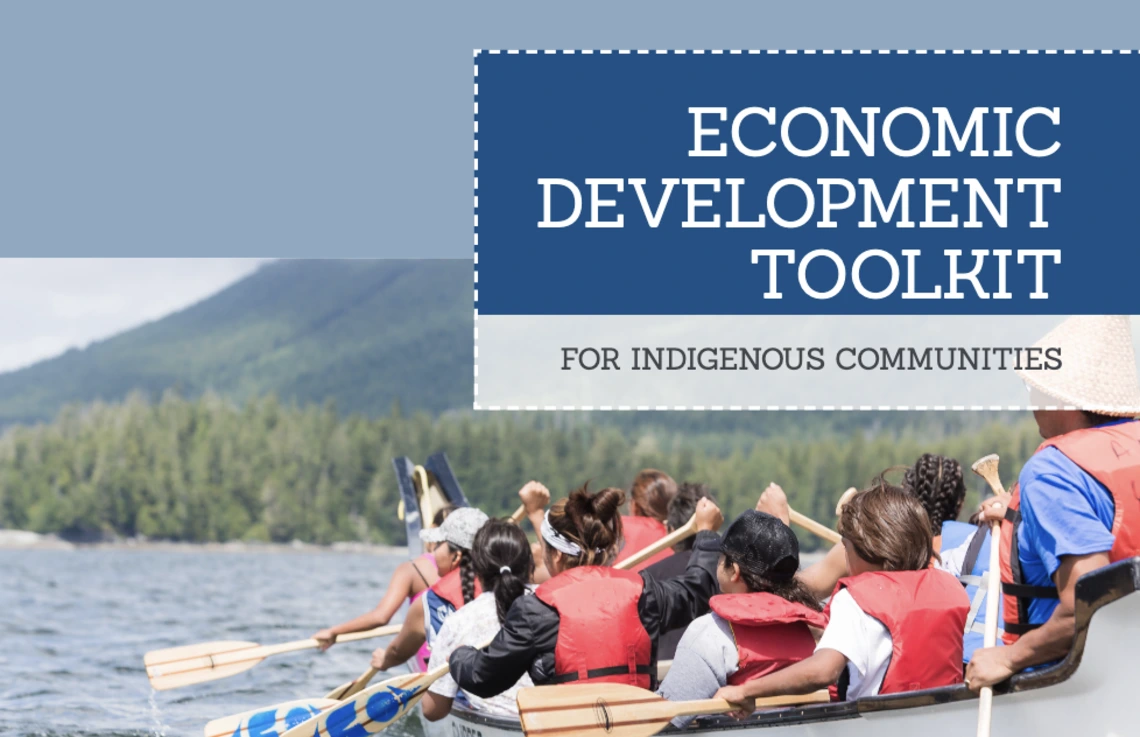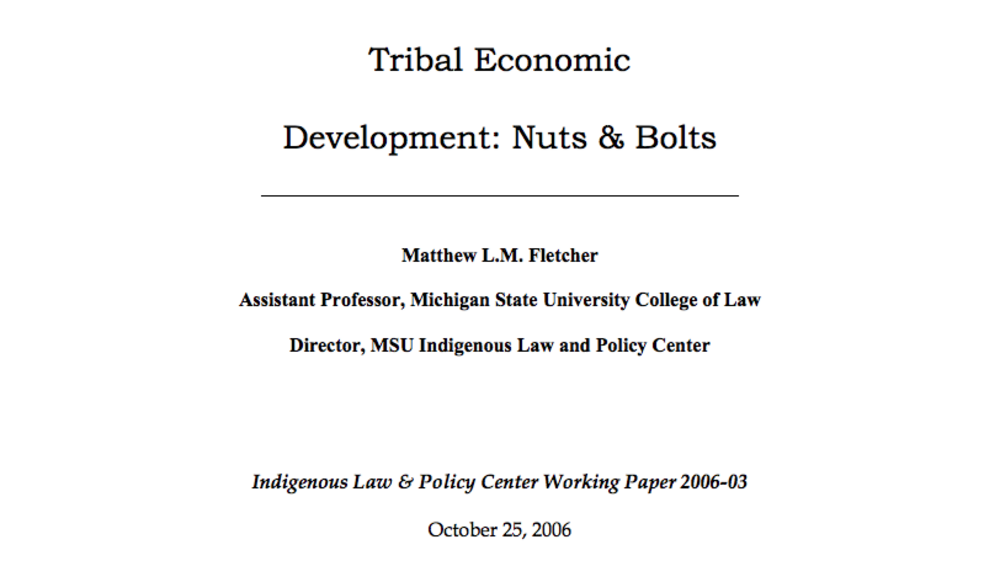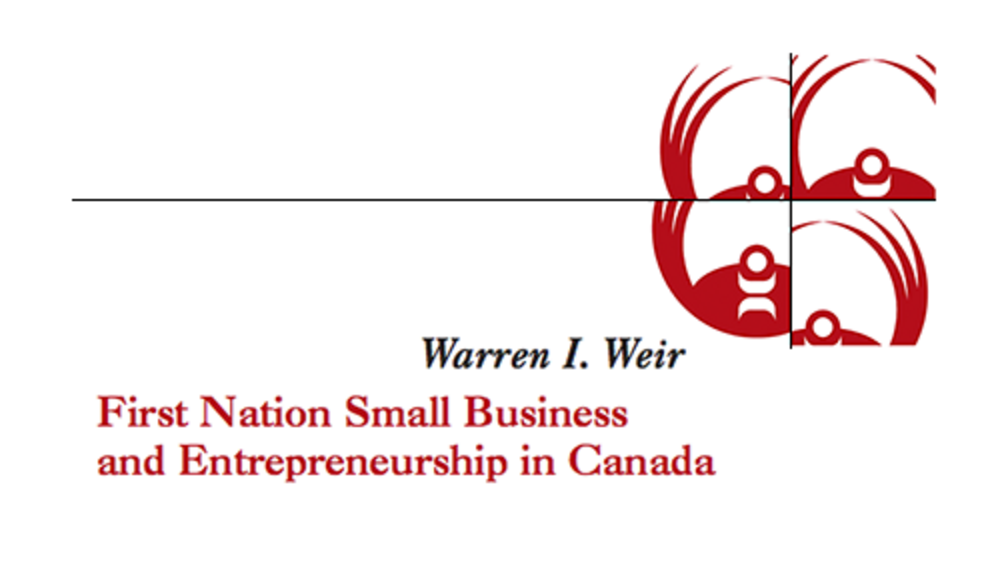Economic development offers First Nations an avenue to meet the needs of community members, ensuring they have access to adequate food and shelter, healthcare, education, and social programming. Beyond these basic needs, economic development also provides a mechanism to create wealth for future generations by building equity and assets, and by growing enterprises and employment opportunities.
Additional Information
Corfield & Associates (Eds.). "Economic Development Toolkit for Indigenous Communities: Tips, Tools & Techniques." British Columbia Assembly of First Nations. British Columbia. 2018. Toolkit. (https://www.bcafn.ca/sites/default/files/docs/Proof1_MC_Economic-Develo…, accessed June 17, 2024)




